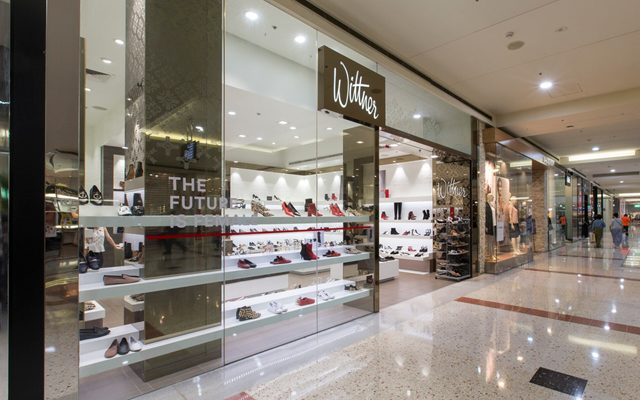This article is from the Australian Property Journal archive
SHOPPING centre landlords are in for more pain as struggling retailers close more stores.
According to Macquarie’s research report titled ‘Dealing with a tough department’, the Australian retail scene is not immune to what is happening in the United States, where the sector is facing headwinds from online shopping, Amazon and declining consumer spending.
In the US, Sears said last month it was closing 43 stores – on top of the 265 it announced earlier this year. JCPenney released a list of 138 stores it will close in 2017 and Macy’s said it would close 100 stores.
In the last five years, department stores have reduced their footprint by 24% and sales have fallen from 14.3% of retail sales to 6.1%.
Australia is not immune, Macquarie analyst Rob Freeman predicts store closures will accelerate over the next 12-36 months led by major retailers Myer and Target.
Myer had already flagged further store closures last month when it revealed a 80.3% fall in statutory net profit after tax to $11.9 million.
Myer revealed it would not renew its leases at Colonnades, Belconnen and Hornsby, following on from recent store closures at Wollongong, Brookside and Orange, and space handbacks at Cairns and Dubbo, as well as Queensland DC.
Macquarie revealed that Vicinity Centres and Scentre Group have the largest exposure to the major retailers.
Vicinity Centres has 67 discount department stores and 15 department stores in its portfolio, including 29 Kmart, 19 Target, 19 Big W, 10 Myer and five David Jones.
Scentre Group has 74 DDS and 38 DS, including 24 Kmart, 32 Target, 18 Big W, 22 Myer and 16 David Jones.
Stockland has 36 DDS including 13 Kmart, 12 Target, 11 Big W and two Myer stores.
GPT has 21 DDS including five Kmart, nine Target, seven Big W and eight DS including six Myer and two David Jones.
Charter Hall Retail REIT has 29 DDS including 10 Kmart, 13 Traget and six Big W.
Mirvac has 11 DDS including four Kmart, five Target and two Big W stores.
Shopping Centres Australasia has 11 DDS including two Kmart, two Target and seven Big W stores.
“We believe the industry has to accelerate the pace of store closures in order to arrest this decline and restore profitability,” the Macquarie research said.
Macquarie’s research comes as Westpac chief economist Bill Evans questioned last month why anyone would invest in retail property.
Speaking at the Australian Property Institute’s 53rd Kiparra Day conference in Sydney, Evans warned the day of reckoning is coming for Australia’s retail property market, with big structural changes in store for the sector.
“With Amazon coming and with what we see in the shopping malls in the US, (we) sort of (get) a glimpse to the future,” he said.
“It is really surprising to me that we are still seeing anybody invest in retail.
“I expect that will turn over real quickly.”
In the US, Amazon has transformed the retail landscape with 4,000 shops closed in 2016 and 8,000 more expected to close in 2017, according to Credit Suisse.
A report by Green Street Advisors earlier this year found of 1,070 malls in the US, more than 330 are classified “at risk to close”. Credit Suisse estimates around 20-25% of the 1,110 malls will close by 2022.
Just like the trends in the US, Evans said shopping centres will become less important in the near future.
“It looks to me that there is going to be a big structural change. More and more, physical assets will become less important.
“Leaving that aside, the slowdown in retail – which reflects the fall in consumer spending – will also be a factor,” he added.
Evans noted that consumer spending is currently struggling to maintain its growth at 2.5% compared to the pre GFC annual growth rate of 4% – and it is not because households are saving more.
In 2014, there were hopes that retail consumption growth would return to 6% by 2016 once households unlock their savings and start spending again.
However Evans said households have been “eating into their savings” they made during the GFC, with the savings rate falling from 9% during the GFC to 4.5%, but retail spending has lagged.
Amazon’s pending arrival has already affected what was destined to be the biggest commercial property transaction in Australian history, Blackstone’s proposed $3.5 billion sale of its shopping centres.
According to industry sources, Blackstone pulled the plug on the sale earlier this month because potential buyers were spooked by Amazon’s effect on the future of bricks and mortar centres in Australia.
Instead, Blackstone will seek to redevelop the 10 shopping centres portfolio.
Traditionally, Australian retail has been slow to react or adapt to disruption, such as online retailing and the entry of global fashion retailers such as H&M, Zara and Uniqlo in recent years.
Australian Property Journal




